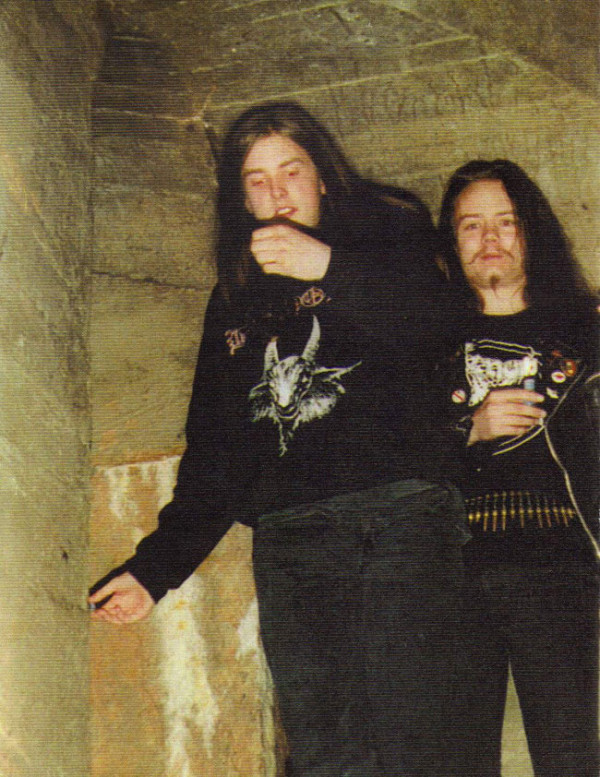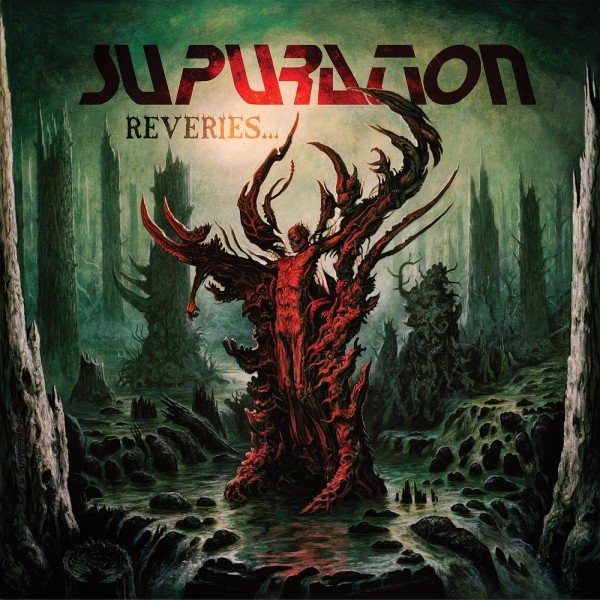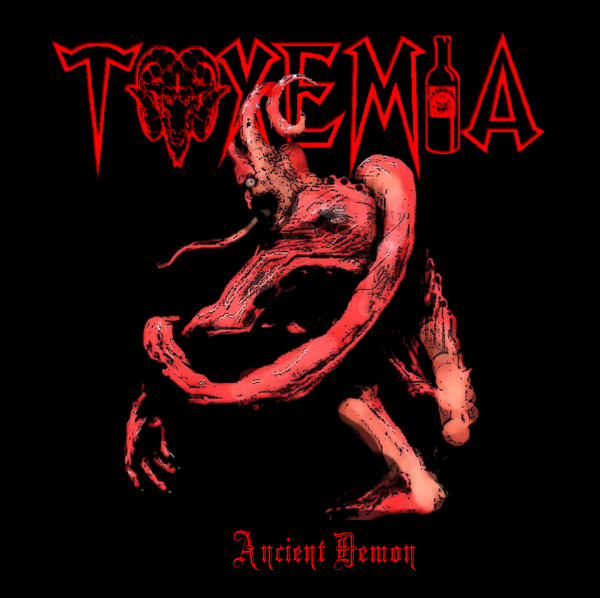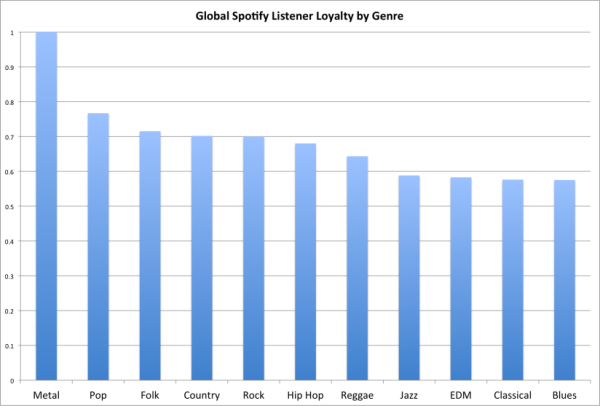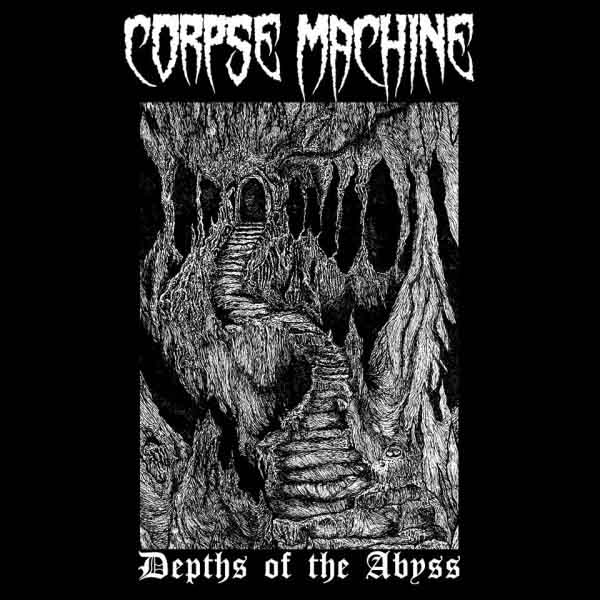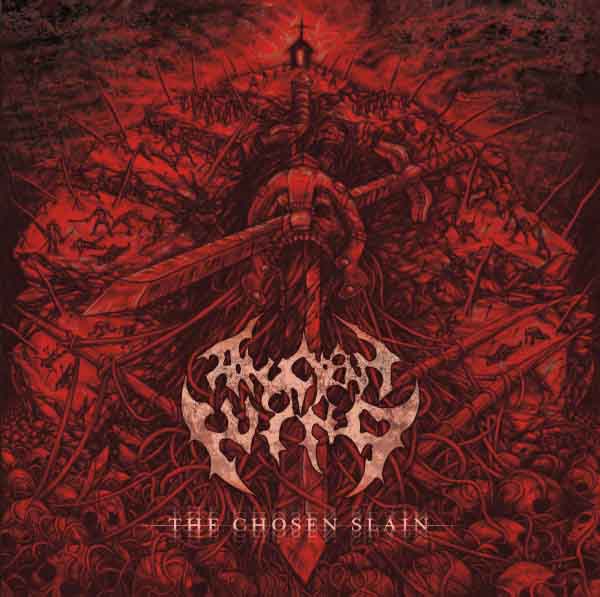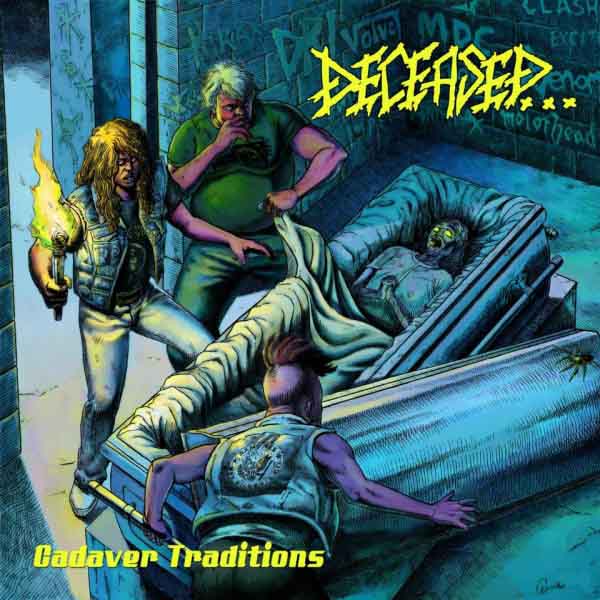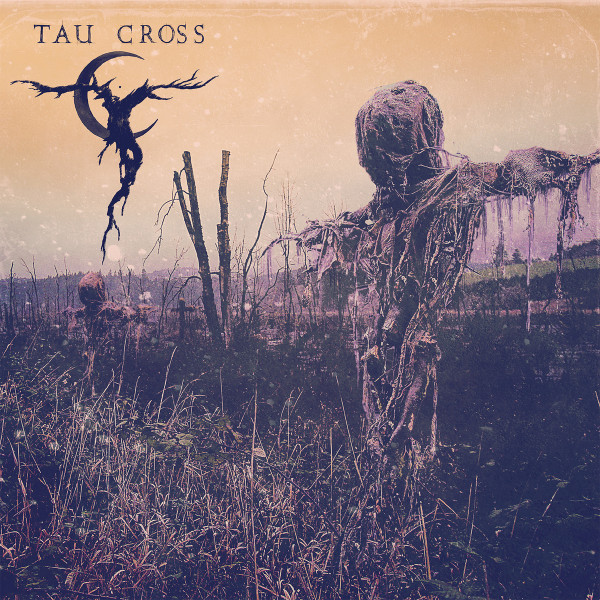An experienced music listener who is new to black metal asked for a doorway into the genre. This raises the question of how to appreciate black metal, which like most things in life is mostly mental preparation. Without context, black metal seems like any other loud genre, and it becomes harder to distinguish the newer tryhard junk from the original.
The best way to gain context is to walk through the history of the genre from oldest to newest. This approach, common in art, literature and philosophy, allows people to see what developed from what and what the reasoning for that was and therefore, what the reasoning is behind what is here now.
The result of this query was a simple list to urge people to explore this genre further. This list originates in the history of black metal music, but also in influences that can be identified among the bands as immediately relevant. Toward the end it extends more into general conjecture based on what shows up later in highly different form among the black metal works of relevance listed above it.
I. Proto- Metal
- Bathory – The Return
- Slayer – Hell Awaits
- Hellhammer – Apocalyptic Raids
- Sodom – Persecution Mania
II. Interim
- Sarcofago – INRI
- Merciless – The Awakening
- Blasphemy – Fallen Angel of Doom
- Von – Satanic Blood
III. Black metal
- Immortal – Diabolical Full Moon Mysticism
- Mayhem – De Mysteriis Dom Sathanas
- Burzum – Burzum/Aske
- Emperor/Enslaved – Split
- Darkthrone – Under a Funeral Moon
- Beherit – Drawing Down the Moon
- Varathron – His Majesty in the Swamp
- Havohej – Dethrone the Son of God
- Impaled Nazarene – Ugra-Karma
- Samael – Worship Him
IV. Second Wave
- Gorgoroth – Antichrist
- Graveland – The Celtic Winter
- Ancient – Svartalvheim
- Sacramentum – Far Away From the Sun
- Ildjarn – Forest Poetry
- Summoning – Dol Guldur
- Zyklon-B – Blood Must Be Shed
- Gehenna – First Spell
- Behemoth – From the Pagan Vastlands
V. Extended Contemporary
- Demoncy – Joined in Darkness
- Sammath – Godless Arrogance
- Mutiilation – Remains of a Ruined, Cursed, Dead Soul
- Absurd – Asgardsrei
For immediate death metal background to black metal:
- At the Gates – The Red in the Sky is Ours
- Carnage – Dark Recollections
- Godflesh – Streetcleaner
For heavy metal background to black metal:
- Mercyful Fate – Don’t Break the Oath
- Venom – Possessed
- Angel Witch – Angel Witch
- Destruction/Tormentor – Demos
For hardcore punk background to all metal:
- Discharge – Hear Nothing See Nothing Say Nothing
- Amebix – No Sanctuary
- The Exploited – Death Before Dishonour
- Cro-Mags – Age of Quarrel
For electronic music background to underground metal:
- Kraftwerk – Trans-Europe Express
- Tangerine Dream – Phaedra
For progressive rock background to metal:
- King Crimson – In the Court of the Crimson King
- Yes – Tales from Topographic Oceans
- Camel – Camel
- Greenslade – Greenslade
For classical background to metal:
- Anton Bruckner – Symphony No. 4
- Richard Wagner – Tannhäuser
- Franz Schubert – Unfinished Symphony
- Mozart – Symphony 41
- Haydn – Symphony 82
- Bach – Partita No. 5 in G major
Tags: Ambient, Black Metal, classical music, cosmic ambient, death metal, electronic, electronic music, electronica, Hardcore Punk, Heavy Metal, History, metal history, progressive rock, synthpop
